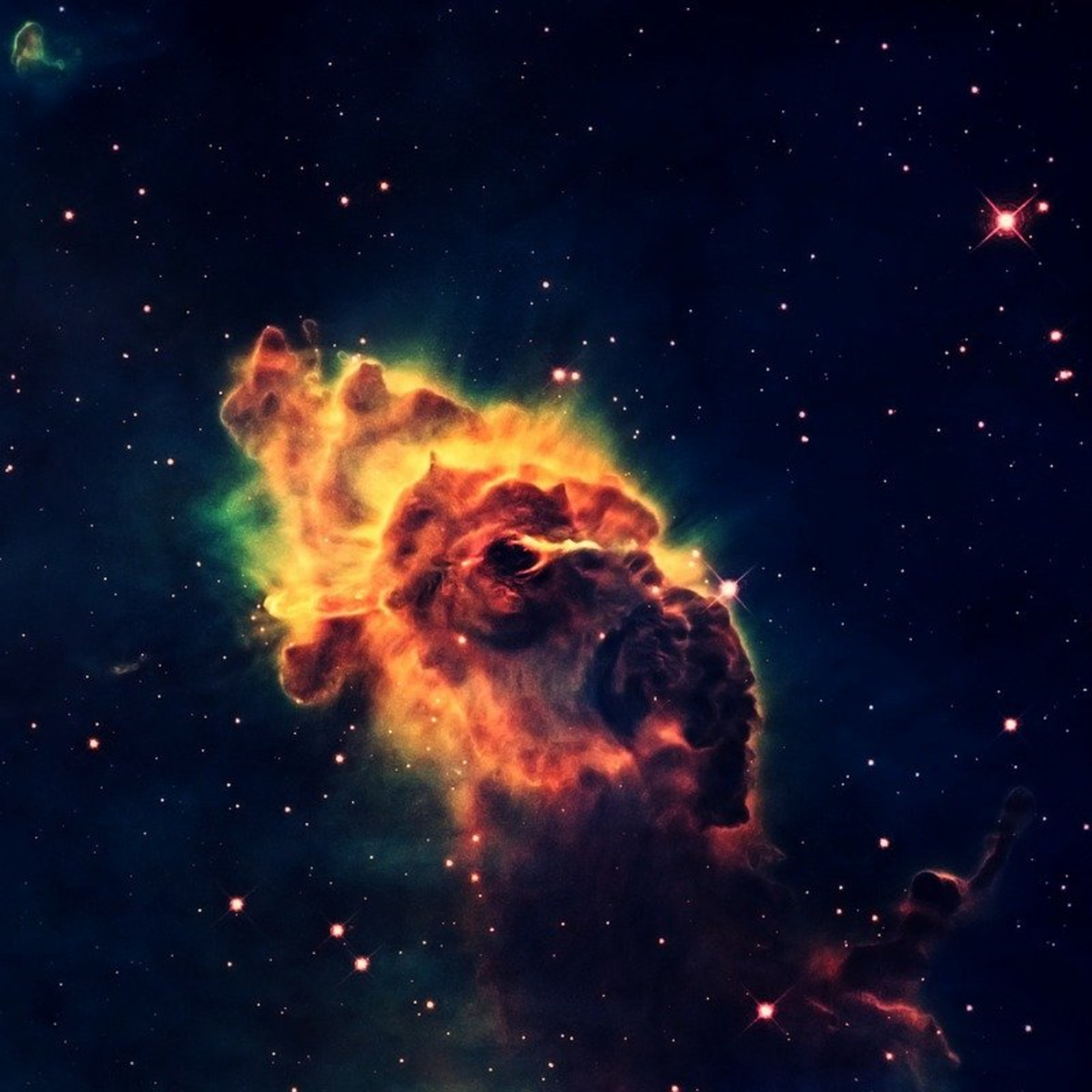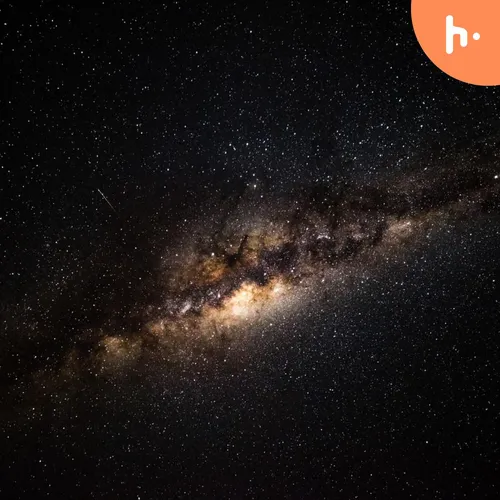
The Universe As We Know It
Dive deep into the mysterious universe and also learn quite a few things which might help you with your academics.
- Update frequency
- every day
- Average duration
- 5 minutes
- Episodes
- 19
- Years Active
- 2021
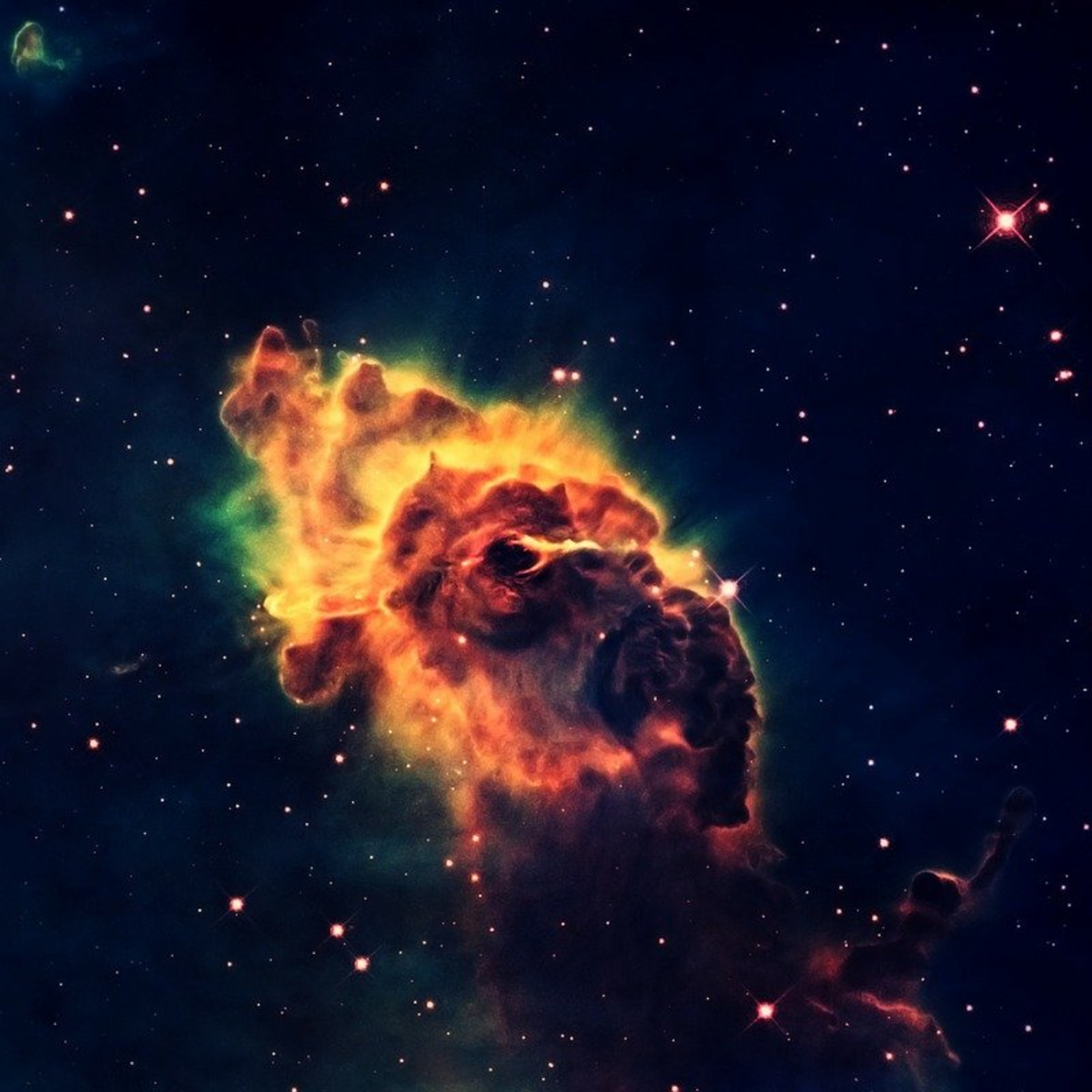
Tabby star
KIC 8462852 (also Tabby's Star or Boyajian's Star) is an F-type main-sequence star located in the constellation Cygnus approximately 1,470 light-years from Earth. Unusual light fluctuations of the st…
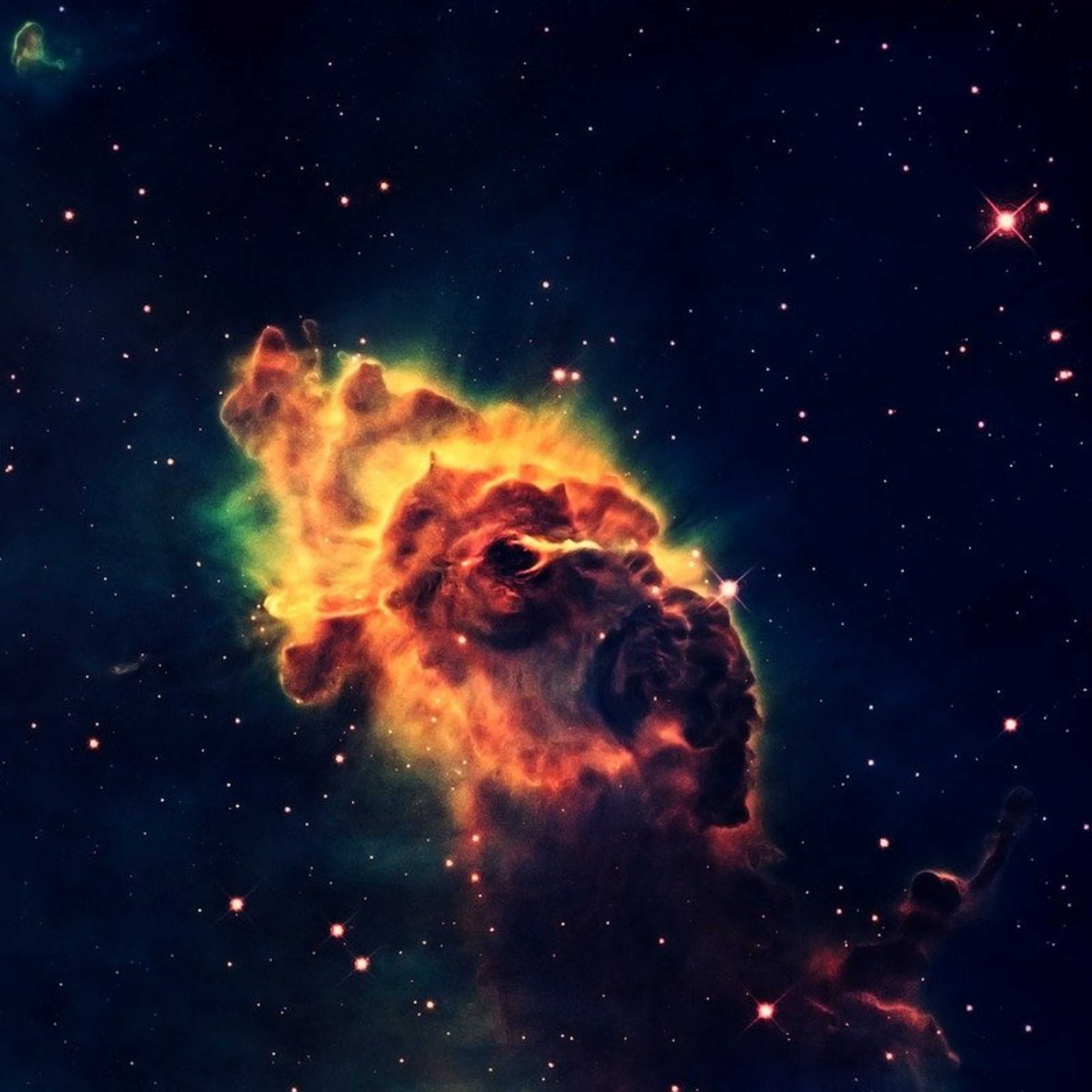
The great attractor
The Great Attractor is an apparent gravitational anomaly in intergalactic space at the center of the local Laniakea Supercluster, in which the Milky Way is located, in the so-called Zone of Avoidance…
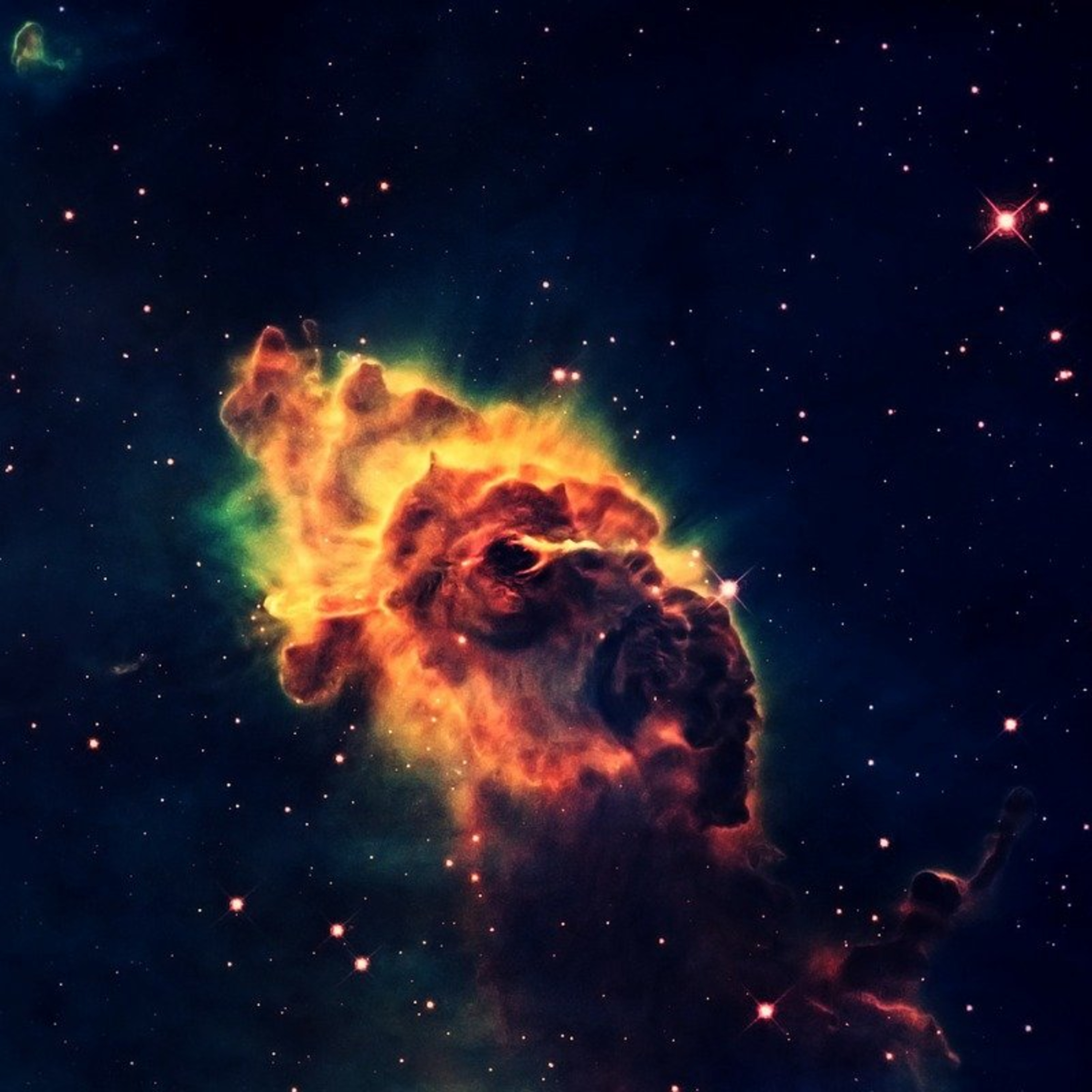
Oumuamua
Oumuamua is the only interstellar object detected passing through the Solar System. Formally designated 1I/2017 U1, it was discovered by Robert Weryk using the Pan-STARRS telescope at Haleakala Obser…
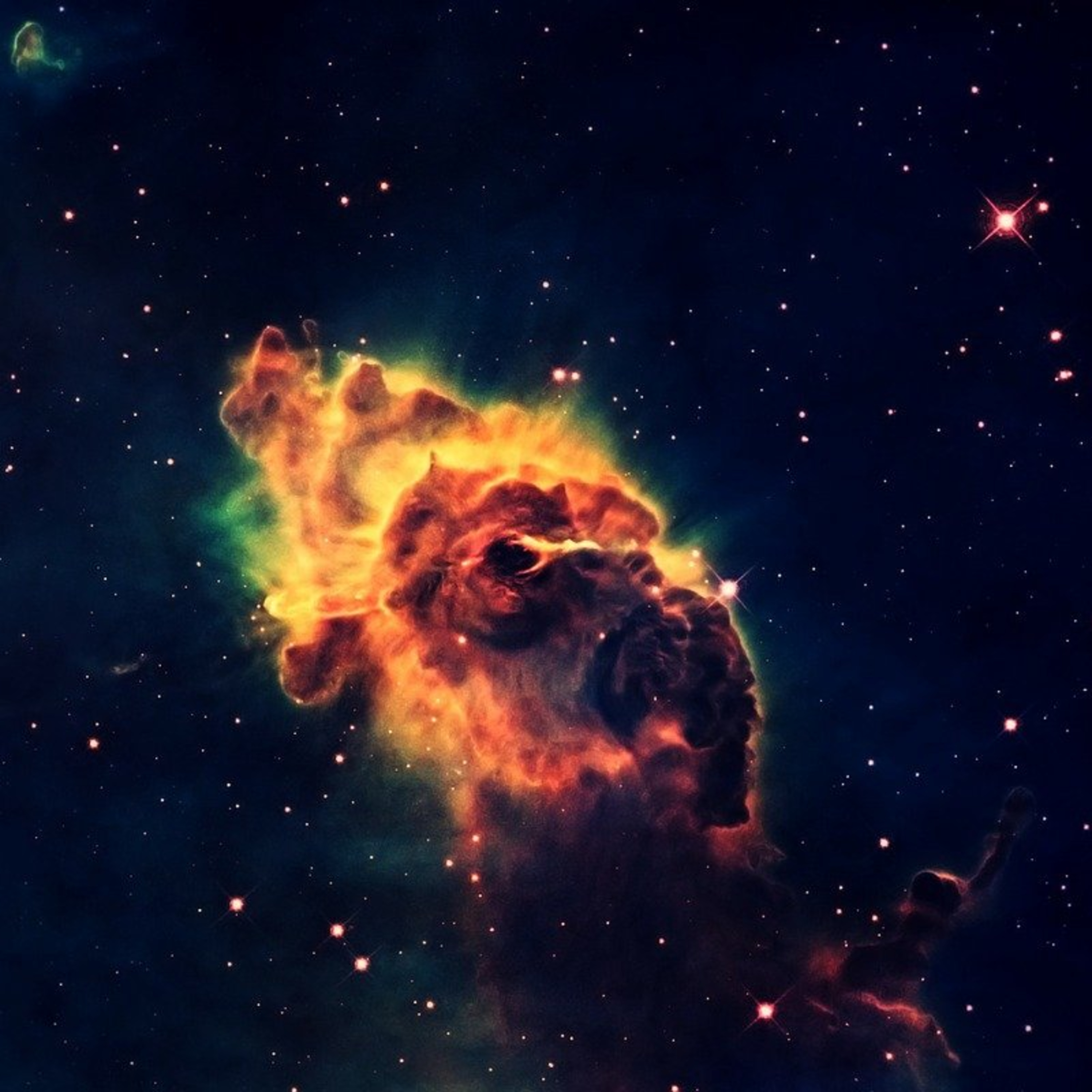
Cosmic definitions
Before moving forward to understand several anomalies and events in the vast universe. You must know certain definitions and terminologies. This is a very important lecture hence I recommend everyone…

Oort Cloud
The Oort cloud, named after the Dutch astronomer Jan Oort, sometimes called the Öpik–Oort cloud, is a theoretical cloud of predominantly icy planetesimals proposed to surround the Sun at distances ra…

Comets - Cosmic snowballs
Comets are cosmic snowballs of frozen gases, rock and dust that orbit the Sun. When frozen, they are the size of a small town. When a comet's orbit brings it close to the Sun, it heats up and spews d…

Kuiper Belt - Pluto's Home
The Kuiper belt, occasionally called the Edgeworth–Kuiper belt, is a circumstellar disc in the outer Solar System, extending from the orbit of Neptune to approximately 50 AU from the Sun. It is simil…

Neptune - 8th and last
Neptune is the eighth and farthest known planet from the Sun in the Solar System. In the Solar System, it is the fourth-largest planet by diameter, the third-most-massive planet, and the densest gian…

Coldest planet - Uranus
Uranus is the seventh planet from the Sun. It has the third-largest planetary radius and fourth-largest planetary mass in the Solar System. Uranus is similar in composition to Neptune, and both have …

Saturn - Ringed planet
Saturn is the sixth planet from the Sun and the second-largest in the Solar System, after Jupiter. It is a gas giant with an average radius about nine times that of Earth. It has only one-eighth the …

Jupiter - The gas giant
Jupiter is the fifth planet from the Sun and the largest in the Solar System. It is a giant planet with a mass one-thousandth that of the Sun, but two-and-a-half times that of all the other planets i…

Asteroid Belt - Home of ceres
The asteroid belt is the circumstellar disc in the Solar System located roughly between the orbits of the planets Mars and Jupiter. It is occupied by numerous irregularly shaped bodies called asteroi…

Mars - The Red One
Mars is the fourth planet from the Sun and the second-smallest planet in the Solar System after Mercury.

Our planet EARTH
Earth is the third planet from the Sun, and the only astronomical object known to harbor life. According to radiometric dating and other sources of evidence.
“The earth will not continue to offer its …

The Universe & Our Solar system
Get to know how it all began. From big bang theory to nebula cluster to formation of our solar system & the long lost fight of Pluto to retain it's planet status.

Venus - Morning & Evening star
Venus is the second planet from the Sun, orbiting it every 224.7 Earth days. It has the longest rotation period of any planet in the Solar System and rotates in the opposite direction to most other p…

Mercury - The swift planet
Mercury is the smallest and innermost planet in the Solar System. Its orbital period around the Sun of 87.97 days is the shortest of all the planets in the Solar System. It is named after the Roman d…

The mighty SUN
The Sun is the star at the center of the Solar System. It is a nearly perfect sphere of hot plasma, with internal convective motion that generates a magnetic field via a dynamo process. It is by far …
